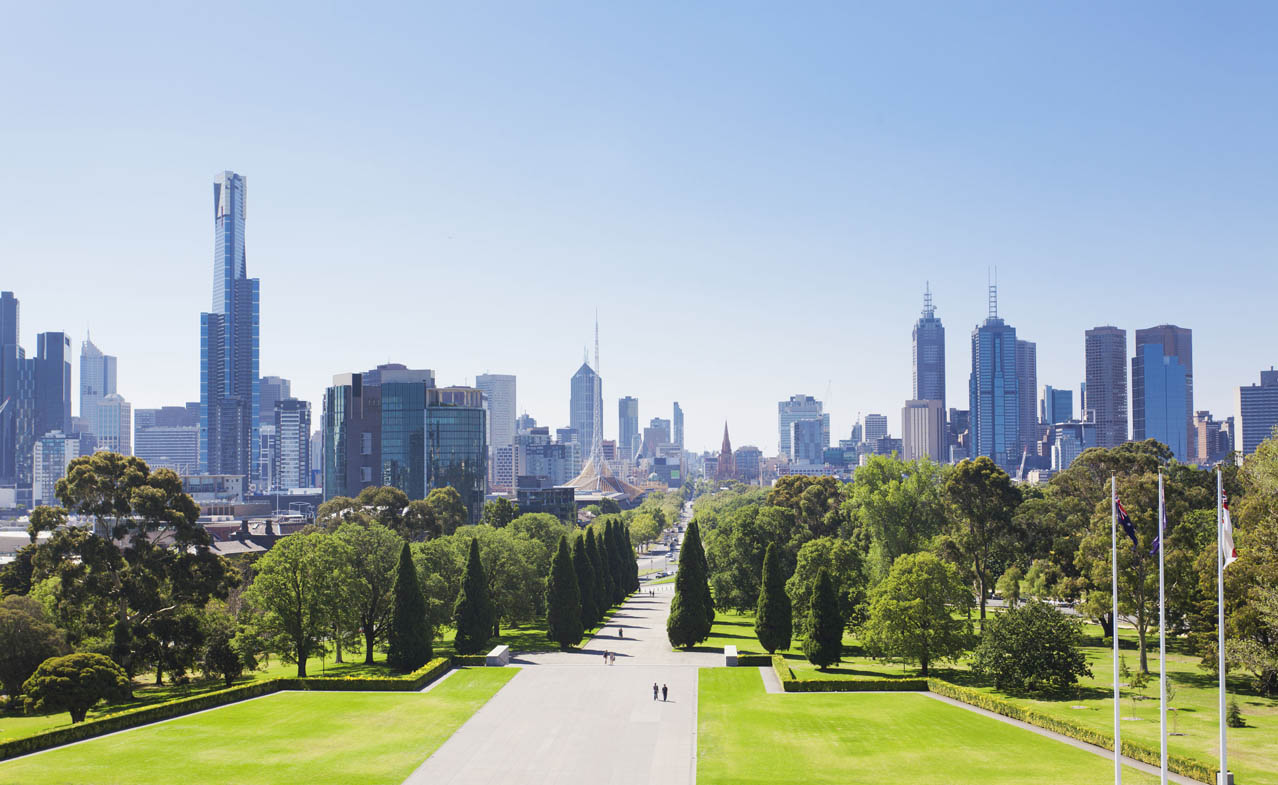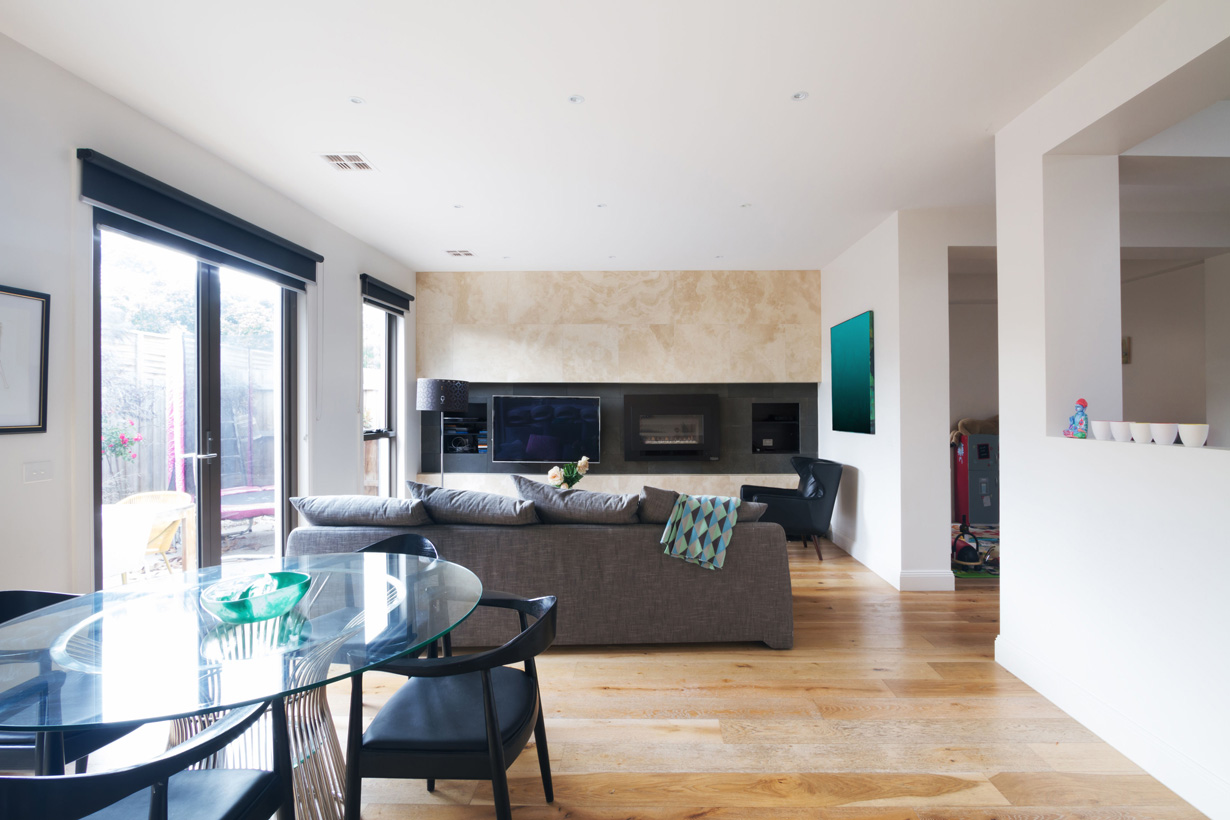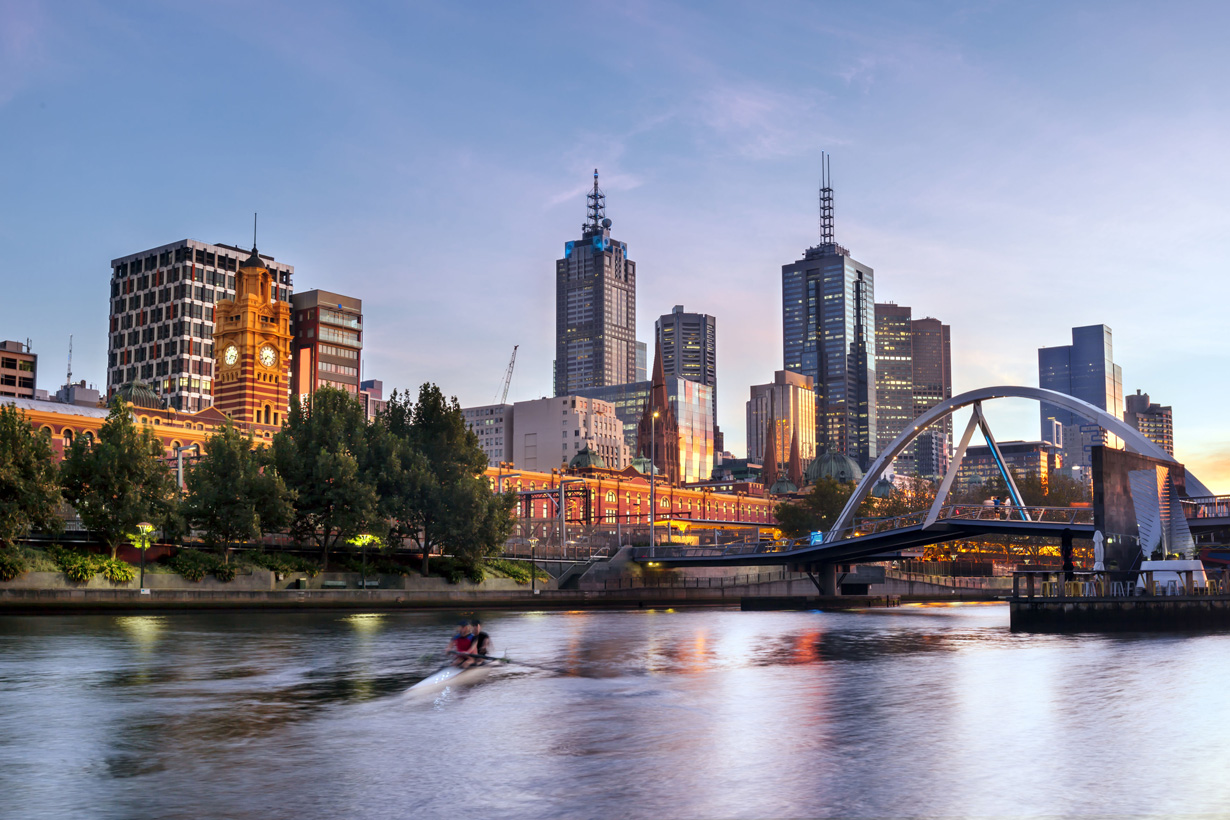Melbourne Move at a Glance

Visas are Your First Step
The most common options are the TSS (subclass 482) work visa and the Working Holiday (subclass 417) visa — be sure to start your application early through Australia’s official Department of Home Affairs website.

Budget for a High Cost
It’s an expensive city (though slightly cheaper than Sydney). Rent and going out are the biggest costs. Have savings for your bond and first month.
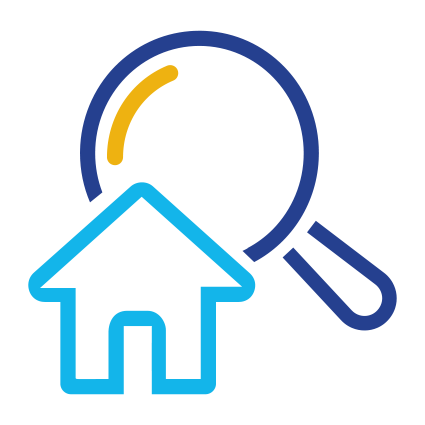
North vs. South Suburbs
Your lifestyle is defined by your suburb. Choose North of the river (Fitzroy, Brunswick) for a creative vibe, or South (South Yarra, St Kilda) for boutiques and beaches.

First Week Admin
Get a ‘myki’ card for trams and trains, an Aussie SIM, open a bank account, and apply for your Tax File Number (TFN) immediately.
Finding Work in Melbourne
Melbourne is a powerhouse for Tech, Healthcare, Education, and the Creative Arts. The work culture is professional but slightly more relaxed than in Sydney.
The Cost of Living in Melbourne

Rent (1-bed apt, inner suburb)
Rent is quoted weekly! A $500/week flat is ~$2167/month. Share housing ($250-$400/week for a room) is very common.
Phone & Internet
Mobile plans are competitive (Telstra, Optus, TPG). Home NBN internet often requires a contract. Estimated monthly cost around $80 - $120 per person.

Utilities (Gas, Energy, Water)
Bills are quarterly. Gas heating is common and can be expensive in winter. Don't forget the A/C bill in summer! Estimated monthly cost around $250 - $400 per person.
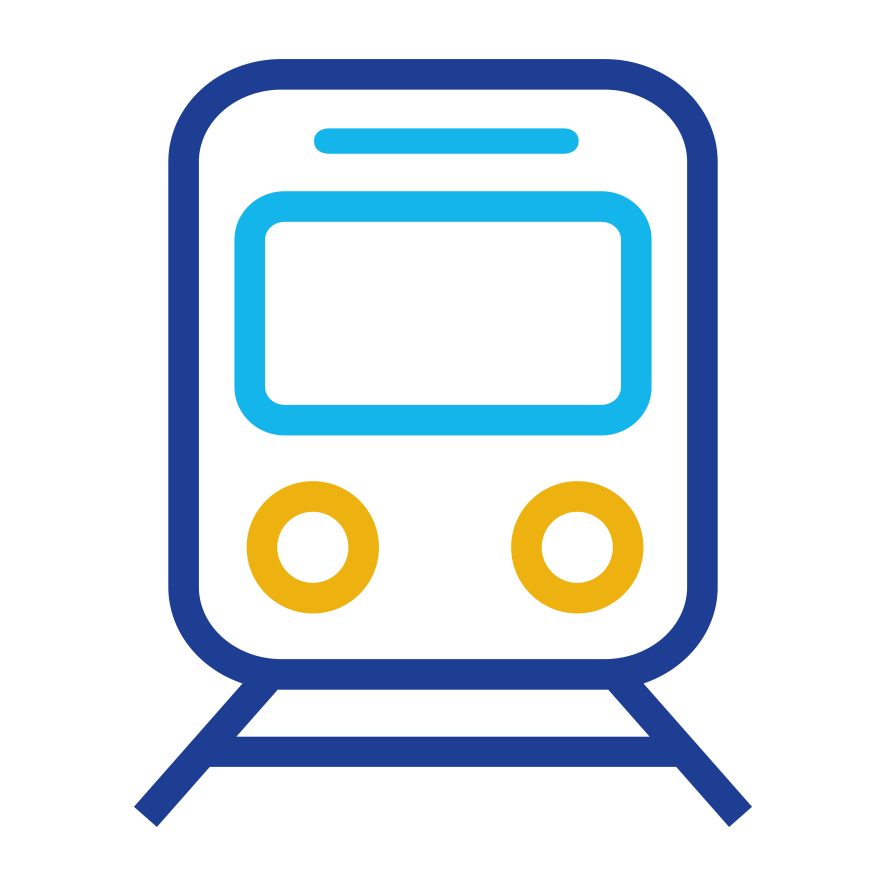
Transport (myki Pass)
A monthly myki Pass for Zone 1+2 is around $180. Trams are free in the central CBD grid, which is a great perk. Estimated monthly cost around $180 - $200 per person.

Groceries
Coles, Woolworths ('Woolies'), and Aldi are the main supermarkets. Queen Victoria Market is amazing for fresh produce. Estimated monthly cost around $500 - $700 per person.
Navigating the Melbourne Rental Market
The rental market is fast and competitive. You need to be organised, fast, and ready to apply on the spot.
Where to Live: Best Melbourne Suburbs for Expats
The “North vs. South” divide is real. Where you live will shape your entire experience. Here’s a quick guide to some of the most popular areas.
| Neighbourhood | The Attractions |
|---|---|
| Fitzroy, Brunswick, Collingwood | The creative heart of Melbourne. Full of street art, live music venues, craft breweries, and amazing cafes. The vibe is alternative, young, and energetic. |
| South Yarra, Prahran, St Kilda | More polished and stylish. Chapel Street is famous for boutiques and bars. St Kilda offers a gritty beach lifestyle with great nightlife. Popular with European and UK expats. |
| Richmond, Southbank, East Melbourne | Live where the action is. Walk to the AFL ("the 'G'"), the Australian Open, or the CBD. Dominated by modern apartments and historic Victorian cottages. |
| Hawthorn, Camberwell, Malvern | These eastern suburbs are quieter, greener, and have larger homes with gardens. Known for excellent private schools and a strong, affluent family vibe. |
Life in Melbourne: Getting Around & Your First Week
Arriving in Melbourne signifies the beginning of arranging your essentials, familiarizing yourself with the local transport system, and smoothly settling into Victoria’s capital.
Here’s how to organize your essentials, navigate Melbourne’s unique lifestyle quirks, and start feeling truly at home in your new city.
Making Your Move to Melbourne Simple
Relocating to Melbourne requires careful preparation related to visas, housing, finances, and integration into local life. However, the city offers a rewarding experience with world-class amenities, diverse communities, and a welcoming environment for newcomers.
Crown Relocations can support your move with comprehensive relocation services, including property management, settling-in assistance, and personalized support to ensure your transition is smooth and stress-free. With Crown’s expert help, you can start your new chapter in Melbourne confidently and comfortably.

No One Knows Better Than Us.
Get moving with our free moving quote form and let us take care of the rest!

